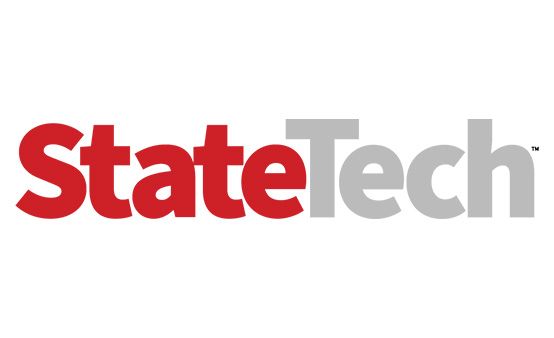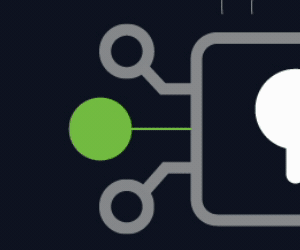A Five-Step Process for CaC
Here’s a five-step process for implementing CaC. Each step leads directly to the next, and each is equally important.
- Standardize rules (define “codeable” policies): Clearly define agency policies and regulatory requirements into precise, unambiguous and measurable statements that can be translated into machine-readable instructions. Focus on specific controls (e.g., “all servers must have X security patch”).
- Select tools (choose automation platform): Identify and procure appropriate automation and configuration management tools that can codify rules and continuously monitor system configurations against them. This includes Policy as Code engines, Infrastructure as Code platforms and continuous integration/continuous delivery pipelines.
- Develop baselines (write the code): Translate the standardized policies into executable “code” — scripts, templates or configurations — that define the desired secure and compliant state for IT systems and infrastructure. Store this code in version control.
- Integrate and test (automate enforcement and validation): Integrate the compliance code into the agency's development and operational workflows. Automate testing to validate that new deployments and existing systems adhere to the codified policies before and after going live, identifying deviations.
- Monitor and report (continuous compliance and feedback): Implement continuous monitoring to automatically detect and report compliance drift. Establish automated reporting mechanisms to provide real-time visibility into the agency's compliance posture, enabling a rapid response to noncompliance and providing insights for policy refinement.
READ MORE: State governments automate user privileges to assist with identity management and access.
Bring Open-Source Tools Into Your Compliance Efforts
Public agencies deserve tools that are as open and accountable as their missions, and open source delivers just that. Open-source tools provide transparency and auditability, allowing IT teams to inspect the code and logic behind security and compliance checks. Teams can customize their tools to match specific policies and regulatory frameworks.
Open-source software also plays a key role in automation. IT administrators can automate security configurations and remediation steps, ensuring consistent compliance with minimal manual intervention across large and complex IT environments. Open-source projects, such as OpenSCAP, provide a set of tools and a framework for automating security configuration, vulnerability management and policy compliance evaluation of computer systems.
OpenSCAP is not just a tool for compliance; it also embodies the principles of CaC, allowing organizations to define their security posture in code and ensure their systems automatically adhere to it, significantly reducing manual effort and improving accuracy and consistency.
The Transformative Potential of CaC
One U.S. city that I worked with dramatically improved its IT operations by adopting CaC. The city implemented a broad automation strategy, including automated patch management, configuration remediation and deployment orchestration across a fleet of 90 database servers.
Each of these practices would have usually taken hundreds of personnel hours. By automating compliance, the city achieved an 81% reduction in patching time, cutting total patch durations from 180 hours to just 45 minutes for 70% of its servers.
The broader operational impact was just as striking. The city reported a 3,200% improvement in ticket response time, with routine tasks such as DNS record updates and virtual machine creation shrinking from 8 hours to 15 minutes. Even complex database snapshots, which once required weekend shifts and manual intervention from multiple engineers, saw a 98% reduction in processing time, freeing up skilled personnel for more strategic work and reducing burnout from after-hours labor.
This city’s experience underscores the transformative potential of CaC and automation. Beyond efficiency gains, the city reduced the potential for human error, strengthened the security of its systems and ensured ongoing compliance without employees having to work around the clock.
Click the banner below to sign up for the StateTech newsletter for weekly updates.













